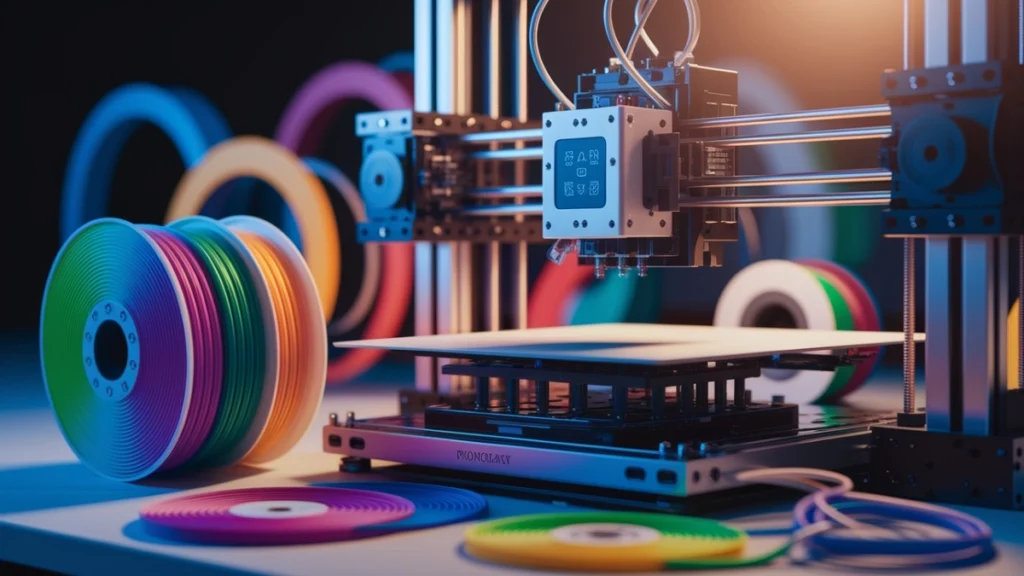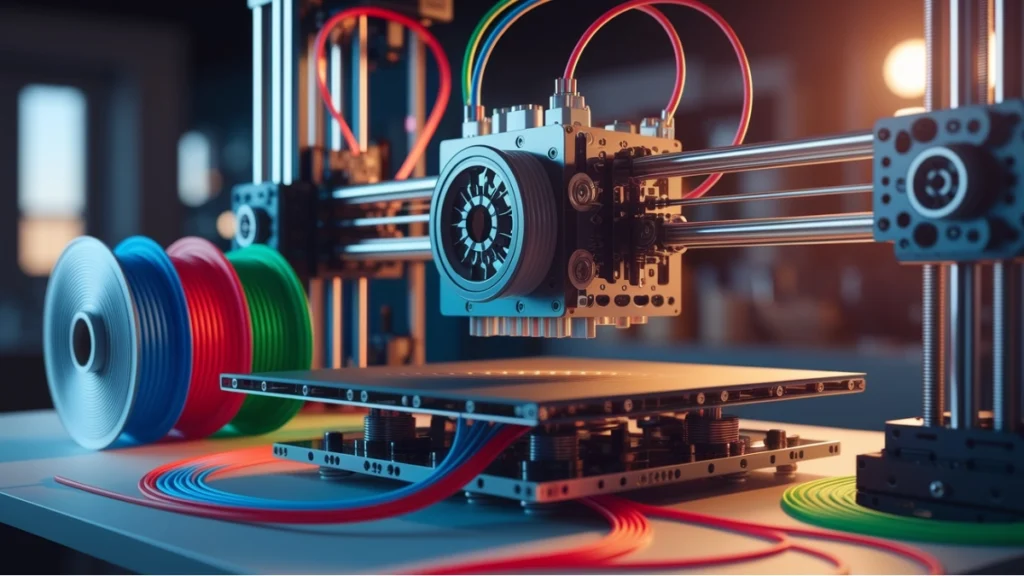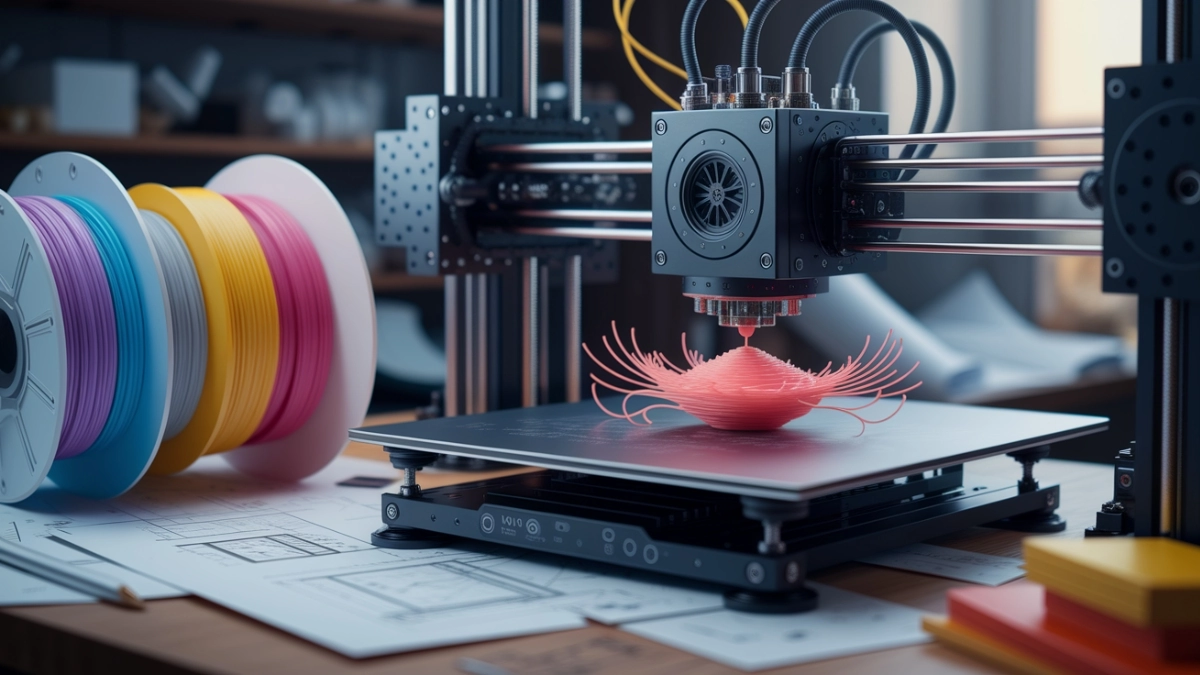3D printer filament is more than just a material—it’s the lifeblood of your 3D printing projects. In this guide, we delve into the different filament types, share actionable tips, and help you choose the perfect material for your creative or professional needs. Whether you’re in the USA, UK, or Australia, our guide is designed with your printing success in mind.
What Makes 3D Printer Filament So Important?
Every layer your 3D printer creates starts with quality filament. The right choice can:
- Enhance print precision and durability.
- Reduce common issues like warping or stringing.
- Ensure smoother operation and less maintenance.
Understanding your filament’s properties is the first step toward flawless 3D printing.
Exploring Top Filament Types
PLA (Polylactic Acid)
- Best For: Beginners, prototypes, and decorative prints.
- Highlights: Easy to print, eco-friendly, minimal warping.
- Consideration: Not ideal for high-heat applications.
ABS (Acrylonitrile Butadiene Styrene)
- Best For: Functional parts and durable prototypes.
- Highlights: Strong and heat-resistant.
- Consideration: Emits fumes; requires a heated bed.
PETG (Polyethylene Terephthalate Glycol)
- Best For: Robust, outdoor, or functional prints.
- Highlights: Balances strength with flexibility and resists moisture.
- Consideration: May need fine-tuning to avoid stringing.
TPU (Thermoplastic Polyurethane)
- Best For: Flexible, elastic prints like phone cases.
- Highlights: Highly durable and versatile.
- Consideration: Slower print speeds needed for quality output.

How to Choose the Right Filament for Your Project
When selecting 3D printer filament, consider:
- Project Goals: Are you prioritizing strength, detail, or flexibility?
- Printer Compatibility: Ensure your printer supports your chosen filament type.
- Environmental Factors: Factor in room temperature and humidity for storage.
- Budget: Weigh the cost against performance and longevity.
By matching your project requirements with the correct filament properties, you can dramatically improve print quality.
Suggest product from amazon here
Pro Tips for Optimal 3D Printing
- Keep It Dry: Store filament in airtight containers with desiccants to prevent moisture absorption.
- Fine-Tune Your Settings: Adjust nozzle and bed temperatures to suit each filament type.
- Maintenance Is Key: Regularly clean your printer’s components to avoid clogs and maintain consistency.
- Experiment Often: Test various brands and filament types to find the best match for your projects.

Conclusion
Choosing the right 3D printer filament is essential for transforming your ideas into high-quality prints. By understanding the unique benefits and challenges of each filament type—whether it’s PLA, ABS, PETG, or TPU—you empower yourself to achieve flawless results every time. Embrace these insights and expert tips to elevate your 3D printing experience and bring your creations to life.
FAQs
For newcomers, PLA is the go-to filament because of its ease of use and low maintenance.
Yes. Many modern 3D printers support several filament types, but always check for compatibility before switching.
Store your filament in a cool, dry place inside airtight containers with desiccants to maintain its quality.
Stringing can be due to improper temperature settings or moisture in the filament. Adjust settings and ensure proper storage.
PLA is biodegradable and eco-friendly, while other filaments like ABS and PETG require proper ventilation during printing.

